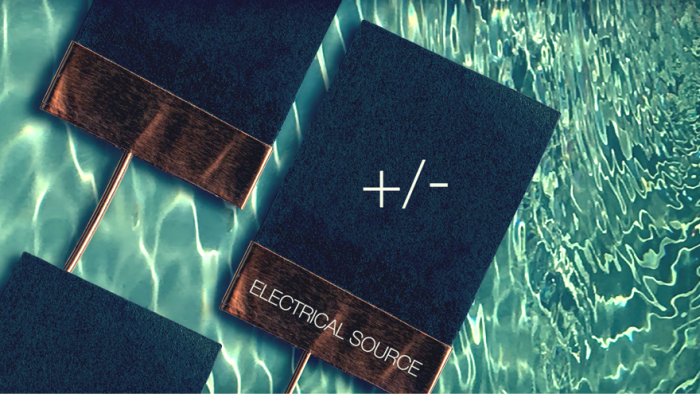
A group of researchers from the Massachusetts Institute of Technology have recently come up with a new process with which to cleanse water of harmful contaminants – even at very low concentrations.
When it comes to the business of clearing away microscopic compounds from water (especially if the pollutants are already quite diluted, yet still pose a risk for the drinker), complex and energy-intensive technology is called for. This normally makes for a prohibitively expensive, thus not very accessible, solution to purify the water. Now, scientists have designed a rather simple system of accurately and selectively banishing pollutants from water.
The new approach involves having contaminated water run between a pair of chemically treated materials. The MIT boffins call this “Faradaic materials”, a coating that allows two surfaces to charge with positive and negative electricity respectively. These electrodes can then be tuned to catch specific particles and bind them to the surface, leaving clean water behind. This method allows scientists to pinpoint and remove miniscule pharmaceutical compounds, pesticides and chemical waste from the liquid.
Existing methods to do this include something called membrane filtration, in which water is passed through a fine film, but it requires expensive materials and the lower the concentration of the pollution is, the lower the filter’s effectiveness will be. This electrochemical process has the potential to be used much more widely – the electricity needed for the positive and negative nodes to work can be generated with solar energy.






